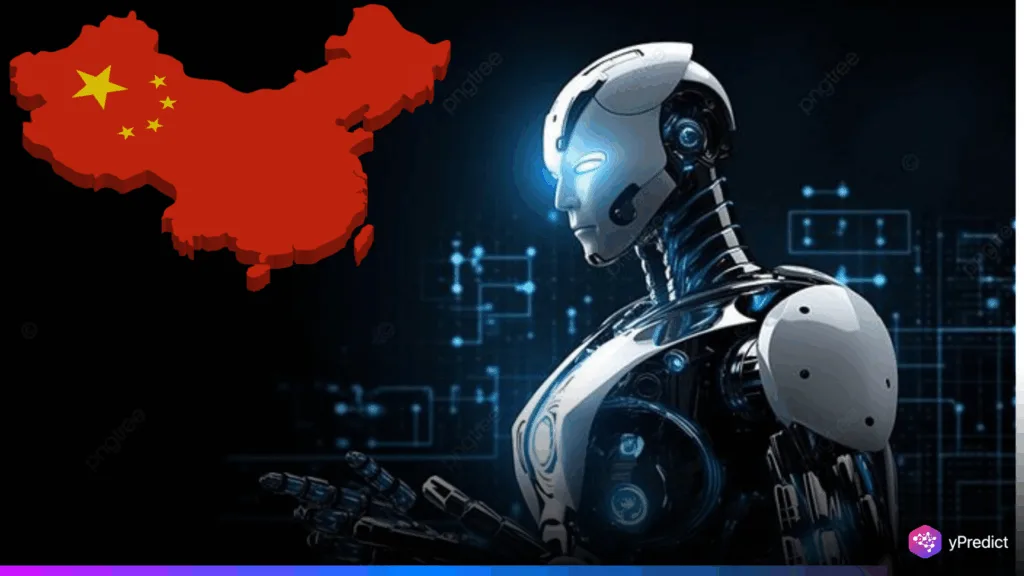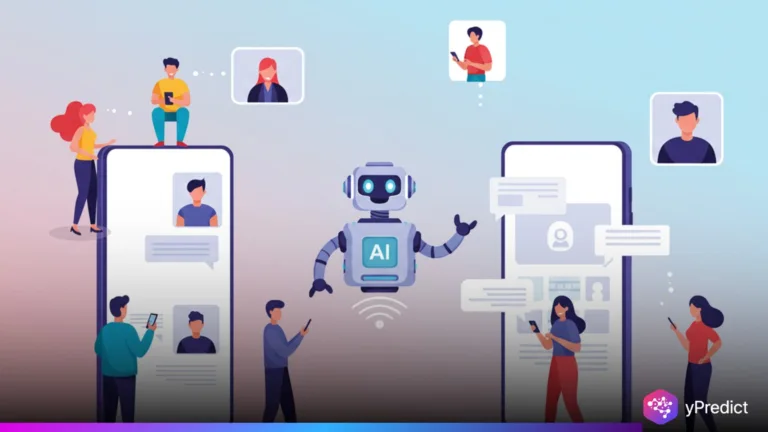
China is betting that humanoid robots powered by advanced artificial intelligence will give it a new edge in global manufacturing. In facilities like AgiBot’s Shanghai lab, robots are being trained to handle complex, real-world tasks, from folding laundry to assembling products. With 17-hour workdays and constant iteration, the focus is on data, the fuel behind the AI brains of these machines. Backed by generous government funding and policy support, China’s humanoid robotics push is part of a larger strategy to offset economic headwinds and remain the world’s manufacturing superpower.
Advanced AI + Hardware: China’s Formula for a Robotics Revolution
China’s humanoid robots are evolving fast, not just in how they move but also in how they think. Fuelled by companies like DeepSeek and boosted by data from facilities like AgiBot’s, these robots are rapidly gaining the capabilities needed to operate in real-world production settings. Beyond hardware, it’s the software, the AI “brains,” that now enables them to perform tasks like quality checks, assembly, or even playing football, as President Xi jokingly suggested.
State support has been massive: over $20 billion in funding and subsidies, strategic partnerships, and direct procurement deals. Costs for the process are dropping fast. Analysts expect prices to halve by 2030, putting robots within reach of small manufacturers. China’s complete control over the component supply chain gives it a powerful advantage. With the ability to source or build 90% of robot parts domestically, startups can scale and adapt faster than foreign competitors. In 2024 alone, Chinese firms introduced more than four times the number of humanoid models compared to U.S. companies, as recently covered by many AI news outlets.
The Labour Tradeoff: Efficiency vs. Employment
The rise of AI-powered humanoid robots is triggering serious debates about the future of work. With over 120 million manufacturing jobs in China, replacing human labour with robots could cause a drop in social security contributions and spark job losses. Lawmakers have already floated the idea of AI unemployment insurance to cushion displaced workers.
Still, Beijing is pushing forward, seeing robots as a fix for long-term challenges like population ageing and labour shortages. Robots may soon assist in elder care, perform dangerous factory jobs, and help in sectors facing worker deficits. For many in the government, this is not just an industrial upgrade; it’s a national survival strategy. While critics warn of job risks, state media and industry leaders believe, as in previous industrial revolutions, that new sectors and roles will eventually emerge to absorb the impact.
China’s Humanoid Robots: Ambition Is Just Getting Started
China’s race to dominate humanoid robotics is more than a tech arms race; it’s a national transformation effort. From funding to factories, AI to hardware, the country is fusing ambition with infrastructure. If it succeeds, China won’t just be the world’s factory; it will become the world’s robotics hub. But this future brings serious questions: What happens to human workers? How do you balance automation and social stability? One thing’s clear: the robots are coming, and China is building them faster than anyone else.






